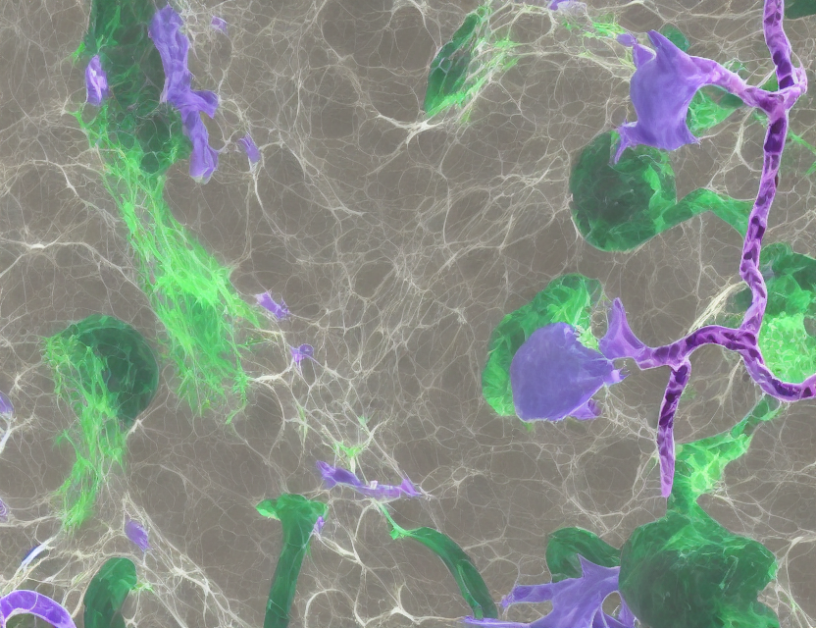The study analyzed various deep learning models for polyp segmentation in colonoscopy videos. Polyp segmentation is crucial for detecting and removing polyps during colonoscopies to prevent colorectal cancer. The research aimed to evaluate the performance of different models on two datasets, Kvasir and CVC-ClinicDB, and compare their accuracy.
The results showed that SAM-Guided mask1Augmentation1’s performance was impressive, with an average dice coefficient of 0.876 and an F score of 0.922 on the Kvasir dataset. On the CVC-ClinicDB dataset, it achieved an average dice coefficient of 0.851 and an F score of 0.935. These scores indicate that SAM-Guided mask1Augmentation1 outperformed other models, including UNet++, ACSNet, EU-Net, MSEG, MSNet, DCRNet, C2FNet, PraNet, WSSOD, SCWSSOD, WSCOD, SBANet, and CEA-Net.
The research also investigated the impact of different augmentation strategies on model performance. The findings showed that incorporating semantic attention into the model improved its ability to segment polyps. Additionally, the study discovered that using a combination of data from multiple datasets could lead to better performance than relying on a single dataset.
In summary, the study demonstrated the effectiveness of SAM-Guided mask1Augmentation1 in polyp segmentation and highlighted the significance of incorporating semantic attention and utilizing multiple datasets for improved accuracy. These findings can aid colonoscopy video analysis and contribute to enhanced cancer prevention efforts.
Computer Science, Computer Vision and Pattern Recognition
Enhancing Polyp Segmentation with SAM-Guided Masks



